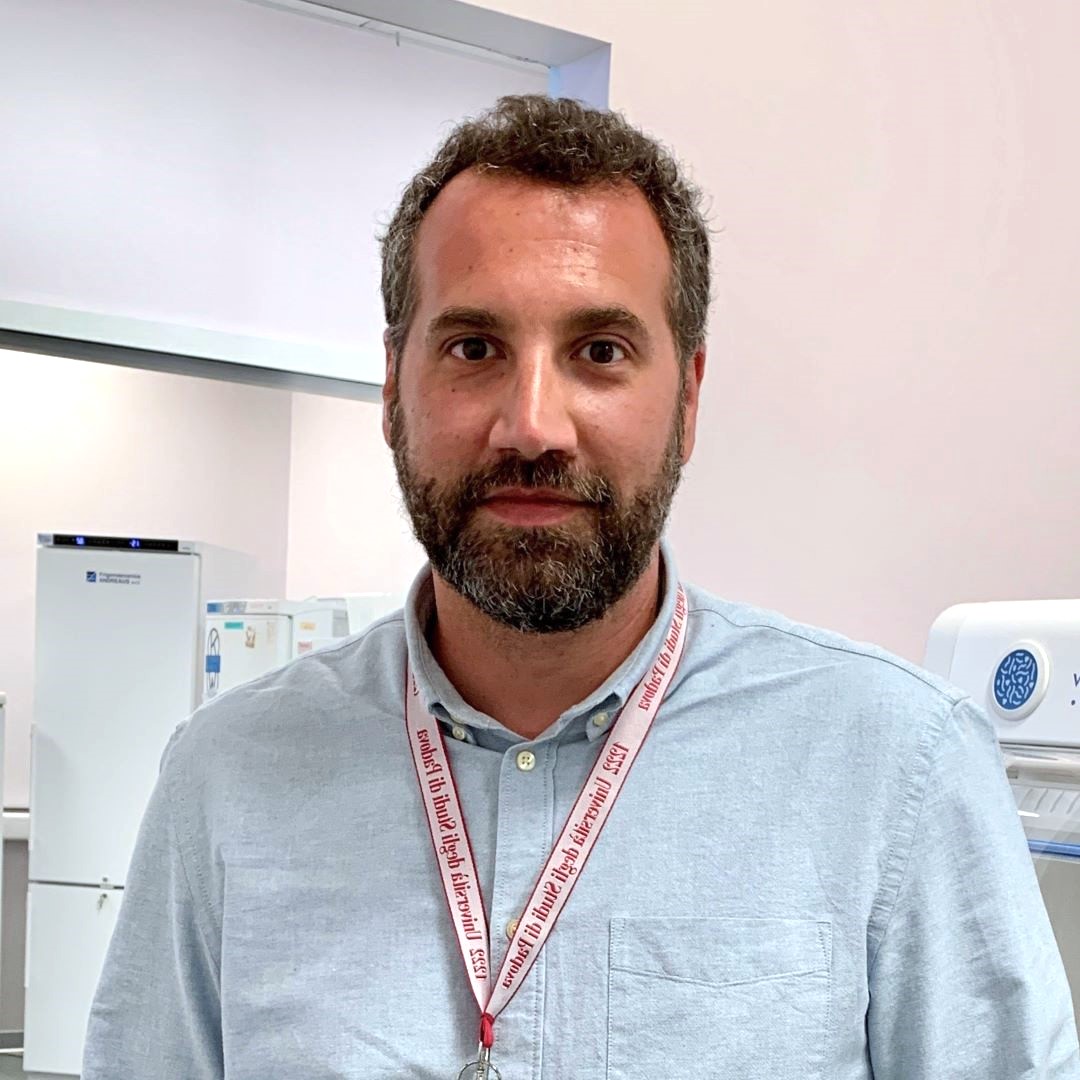
Dr. Luca Persano
Curriculum Vitae
Scopus ID: 8693588700
Dr. Persano graduated in Pharmaceutical Biotechnology in 2005 at the University of Padua. Since his PhD studentship in Oncology and Surgical Oncology Dr. Persano’s studies have been focused on dissecting the molecular pathways underlying cancer progression and resistance to therapy, with particular focus on the role played by tumor microenvironment. He achieved his PhD in 2009 with a project committed to study the process of tumor angiogenesis and exploit its potential inhibition as a therapeutic strategy in different tumors including prostate, ovarian, esophageal and colon cancers. In 2009 Dr. Persano moved to the Laboratory of Pediatric Oncohematology, in which he focused his interests in brain tumor biology, here obtaining the position of Assistant Professor. Dr. Persano’s research interests are now focused in unraveling the molecular mechanisms by which the activation of specific intracellular circuits, coupled with stimulation from the tumor microenvironment, can modulate the differentiation status, phenotype, and treatment response of brain tumor cells.
In this context, it is almost 15 years since Dr. Persano focused his research activities on the role played by the hypoxic tumor microenvironment in sustaining a stem-like phenotype of medulloblastoma (MB) and glioblastoma (GBM) cells and the relationship existing between the hypoxic sensor HIF-1α, their cancer stem cell (CSC) phenotype, and a series of fundamental developmental signaling pathways, including Notch and PI3K in MB, and BMP and Wnt in GBM. Importantly, in 2010 Dr. Persano’s research group was able to finely characterize the GBM mass as composed by multiple layers of cancer cells endowed with different stem cell properties, phenotype, and response to treatments, according to the intratumoral hypoxic gradient and CSC distribution. Starting from these studies, in the following years, his research group characterized the role of the BMP pathway and the Wnt signaling as main potential targets to promote GBM cell differentiation, sensitize them to standard treatments, and even impact on tumor angiogenesis and stem-like cell trans-differentiation properties.
In the last years, Dr. Persano’s group established a strong and fruitful collaboration with the research group headed by Dr. Mariateresa Mancuso, Division of Health Protection Technologies, Italian National Agency for Energy New Technologies and Sustainable Economic Development (ENEA) for the study of peculiar electromagnetic fields as potential novel therapeutics against GBM and MB stem-like cells.
More importantly, in the most recent years, he obtained specific grants from the Rally Foundation for Childhood Cancer Research and CARIPARO Foundation for the study of the mechanisms of therapy resistance in MB, which allowed to investigate the emergence of peculiar drug-resistant cell populations in response to cycling chemotherapy in MB. These most recent studies are still ongoing in the laboratory.
Related Research Area
Pediatric Hematology, Oncology and Hematopoietic cell&gene therapy
